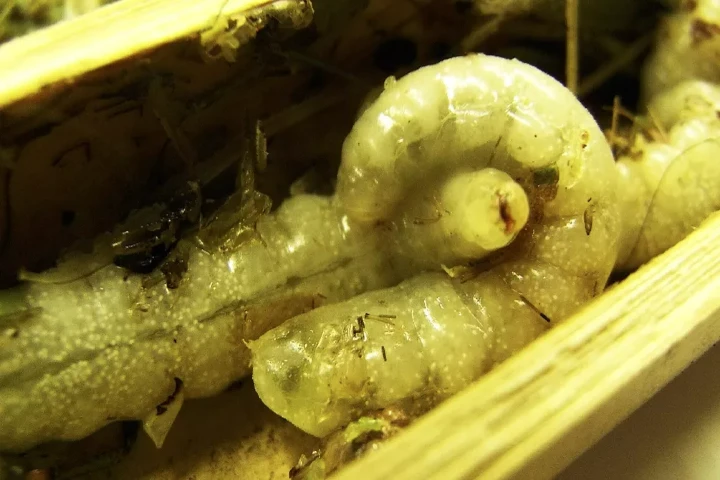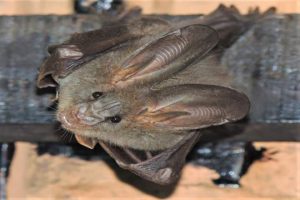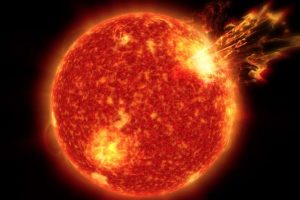Survival is the name of the game, starting from birth and lasting throughout life! Take for instance, baby wasps with huge hunger who are unable to find bodies of insects to feed on, move to the next best available option — its siblings.
A livescience.com report mentions that in a study scientists found cannibalism among siblings of wasp larvae is common. Known as Isodontia harmandi, a type of solitary wasp, they don’t live in hives as a community.
The mother wasp makes nurseries in the hollow of a plant and lays a dozen eggs in insect bodies that have been paralysed by her. This is to enable the larvae to feed on them once they come out. Besides, she fills up the nursery with as many insects as possible before sealing the entrance with moss bits.
Following their birth, the babies live off the insects but with passage of time as their hunger grows and food decreases, the study stated some of them begin to look at others as nourishment.
Also read: Tracing history of cannibalism – it all started 541 million years ago
For the study, scientists gathered and looked closely at more than 300 I. harmandi nests, all located in central Japan. The eggs were counted as were cocoons and larvae in order to ascertain the sizes of the babies while also documenting their numbers at varied development stages. Keeping aside nests that had been eliminated by predators or due to mould, the researchers realised that the size of the offspring reduced from 41 per cent to 54 per cent between the egg stage and formation of cocoon.
Larvae were reared by the researchers in 39 nests and it was found that young ones decreased in 77 per cent of the nests during the larvae stage while it was 59 per cent of the nests after the stage of cocoon.
Sharing additional information with Live Science in an email, the study’s co-author Tomoji Endo said that by using time-lapse recordings to look at the larvae development and behaviour in 19 nests, it was seen that eating of other siblings took place in 74 per cent of the nests.
Endo is a professor emeritus in the School of Human Sciences at Japan’s Kobe University.
An interesting aspect that the study pointed out is that the cannibals were bigger than their victims who by and large were small or newly-hatched. Of course, there were at times when both the predator and prey were middle-sized.
The reduction in the offspring by this method, the study suggests may be because of “mother wasps’ overproduction”, said Endo. Going further, Endo explained that with the eggs being more than the insect corpses provided by the mother wasp, she left no option for the offspring but to eat each other.
Having discovered this significant aspect about these wasps, the researchers now want to study as to when and how the larvae come to know that their food supply is not enough for sustenance and that they need to go after their siblings for their survival. “This is one of [the] topics in our next paper," Endo said.
Details of this research were published in the journal PLOS One.




















